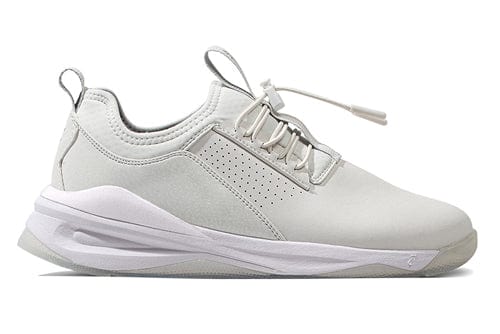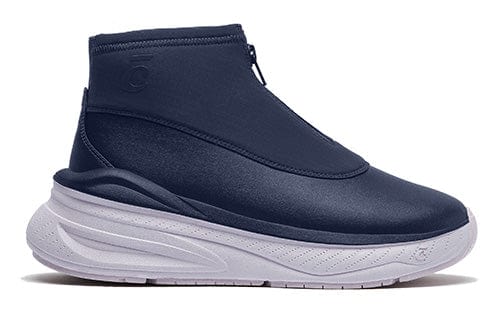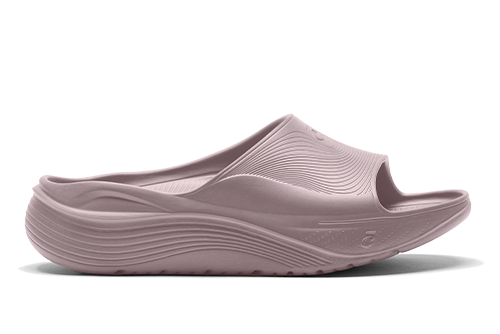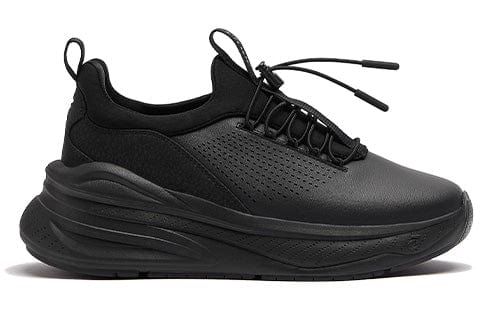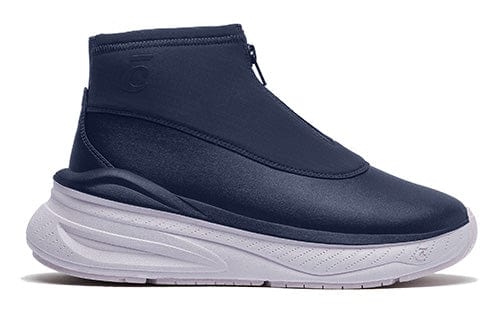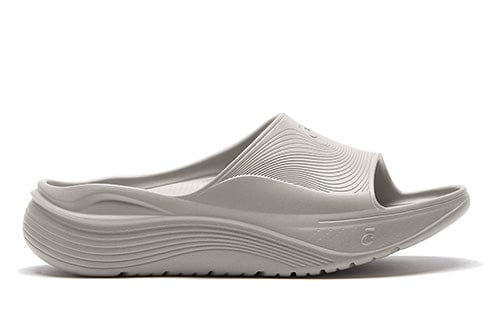Is Walking Considered Exercise?
Ever wondered if walking is a legitimate workout? Well, wonder no more! Walking, often underestimated, is a powerhouse of physical activity. Sure, it might not have the same reputation as running or weightlifting, but walking has its unique charm and benefits. Walking, especially at a brisk pace, can be just as effective as other forms of exercise, such as jogging or cycling. It’s a form of cardio exercise that gets your heart rate up, engages multiple muscle groups, and contributes significantly to your overall health.
Walking, at its core, is a form of aerobic exercise. When you walk, your heart pumps more blood, your breathing rate increases, and your body starts to burn calories—all hallmarks of a workout. Walking at a brisk pace, or even a moderate pace, can significantly elevate your heart rate, making it an effective cardiovascular exercise. According to the Centers for Disease Control and Prevention (CDC), physical activity guidelines recommend at least 150 minutes of moderate-intensity exercise per week, and walking fits perfectly into this framework.
When compared to other forms of exercise, walking holds its own remarkably well. Is walking as good as running? For some, the answer is yes. Unlike high-impact activities such as running or jumping, walking is gentle on the joints. This makes it a good alternative to running and an excellent choice for people of all ages and fitness levels. It's a weight-bearing exercise, which means it helps strengthen bones and muscles without the risk of injury that comes with more strenuous activities. Walking is also good for gym rats wondering what to do on rest day.
When you walk, you're engaging your thigh muscles, calves, and even your core, providing a comprehensive workout without the intense strain that other exercises might bring. According to the American Heart Association, the benefits of walking every day for 30 minutes include improving cardiovascular health, managing weight, and enhancing muscle strength. So, is walking a workout? Absolutely! It’s a moderate-intensity exercise that’s accessible, effective, and yes, it's considered exercise.
Health Benefits of Walking
Walking offers many health benefits, making it a cornerstone of a well-rounded fitness routine. Let's break down the perks:
Physical Benefits
- Cardiovascular Health: Walking is an aerobic exercise that strengthens your heart and improves circulation. Regular walking can help lower blood pressure, reduce the risk of heart disease, and enhance overall cardiovascular health.
- Weight Management: While walking at an easy pace burns fewer calories than more intense workouts, it still contributes to weight loss and management. A consistent walking routine can help you shed those extra pounds over time.
- Muscle Strength: Walking targets the lower body muscles, including the thigh muscles, calves, and glutes. Adding variations like brisk walking or incorporating ankle weights can further enhance muscle strength and endurance.
Mental Benefits
- Stress Reduction: Walking is a fantastic way to clear your mind and reduce stress. The rhythmic motion of walking, combined with the fresh air and natural surroundings, can be incredibly calming.
- Improved Mood: Exercise releases endorphins and walking is no exception. It can boost your mood, combat anxiety, and even alleviate symptoms of depression. A quick 30-minute walk can do wonders for your mental health.
Maximizing Your Walking Workout
If you’re wondering how to get the most out of your walking workout, we’ve got you covered. Here are some tips to increase the intensity and duration of your walks:
- Increase Intensity: Incorporate interval walking by alternating between a brisk pace and a more relaxed pace. This variation not only keeps your workout interesting but also helps in burning more calories and improving cardiovascular fitness.
- Power Walking: Power walking is a great way to turn up the intensity. Focus on taking longer strides and swinging your arms to engage your upper body. This method boosts your heart rate and maximizes the health benefits of walking.
- Add Walking Poles: Nordic walking, which involves using walking poles, engages the upper body and provides a full-body workout. It’s a fun way to increase your step count and enhance muscle strength.
Choosing the Right Footwear for Walking
One of the most important aspects of an effective walking workout is choosing the right footwear. Supportive shoes are essential to prevent injuries and ensure comfort, especially if you’re walking long distances or for long periods of time. Clove sneakers for women and sneakers for men are designed with this in mind, providing the perfect blend of comfort, support, and durability. These shoes are fluid-resistant, easy to clean, and incredibly comfortable—ideal for walking.
When selecting walking shoes, look for features like good arch support, cushioning, and a comfortable fit. Clove shoes offer all these and more, ensuring that every step you take is supported and comfortable. Proper footwear can make all the difference in your walking routine, allowing you to walk longer and feel better while doing it.
Sources:
- CDC. Physical Activity for Adults: An Overview. https://www.cdc.gov/physical-activity-basics/guidelines/adults.html
- American Heart Association. Walk this way – or any way – to better health. https://newsroom.heart.org/news/walk-this-way-or-any-way-to-better-health
- Healthline. Which Is Better for Your Health: Walking or Running?https://www.healthline.com/health/walking-vs-running


